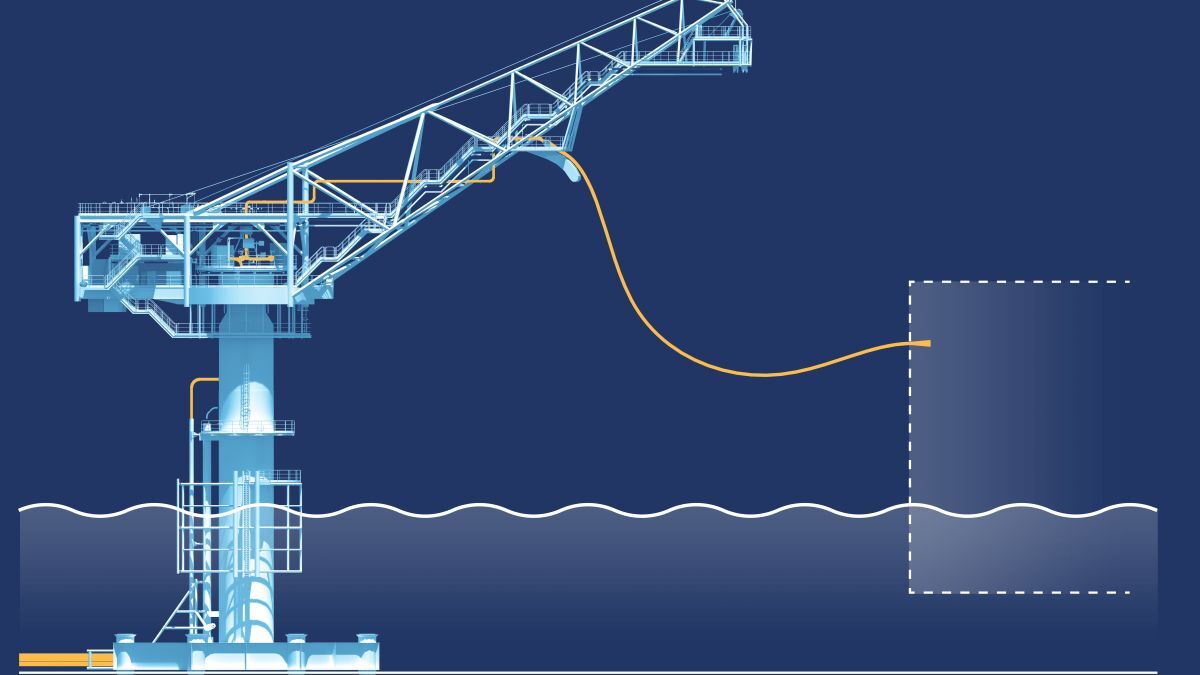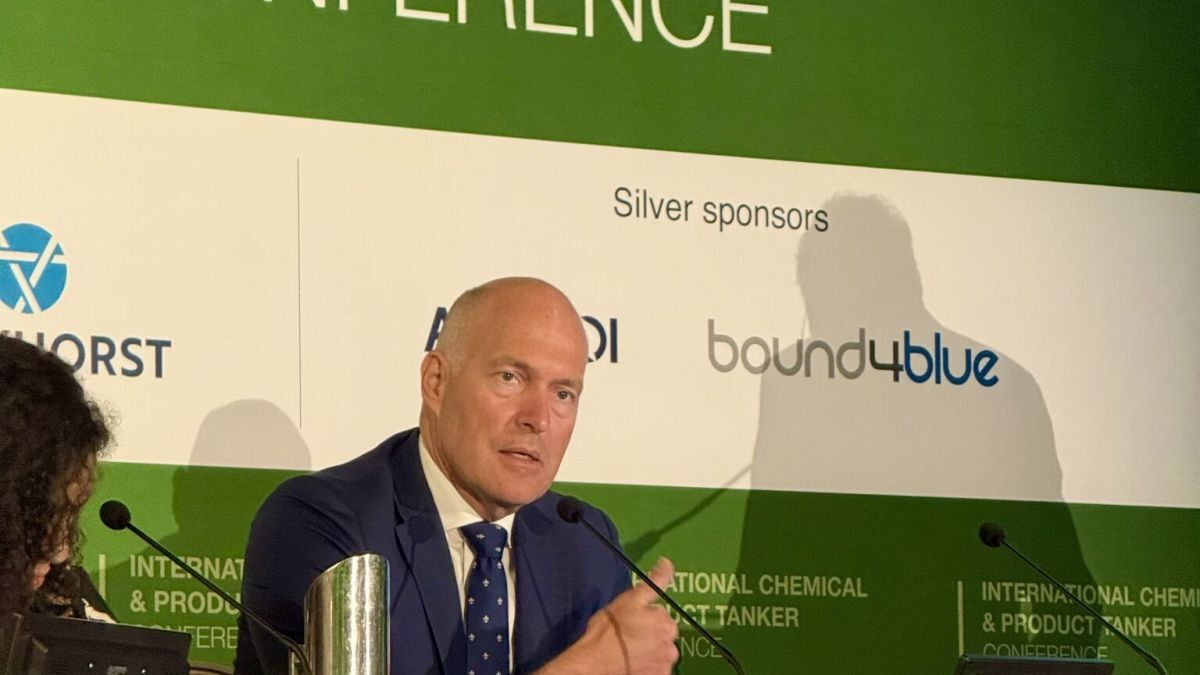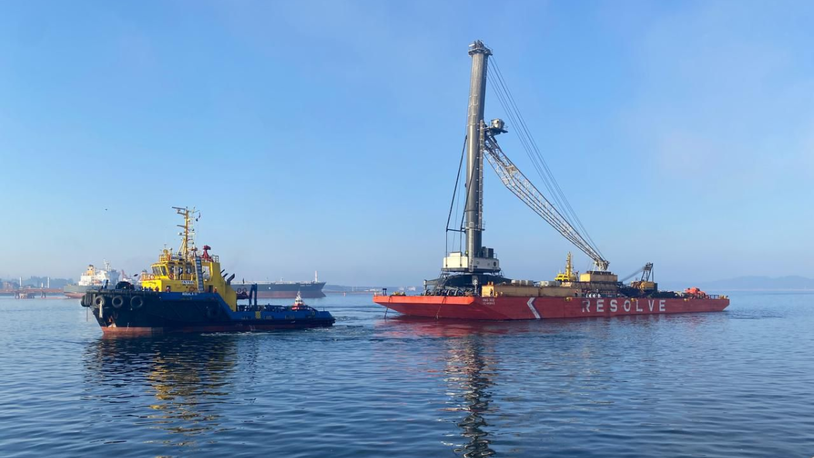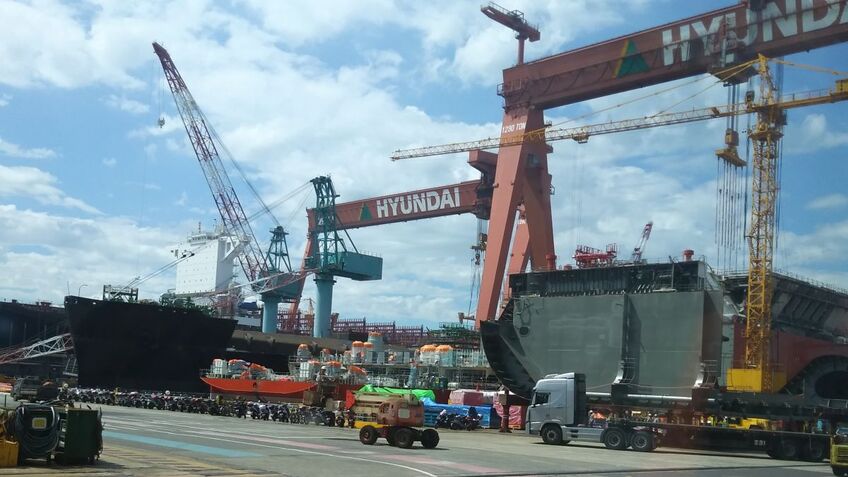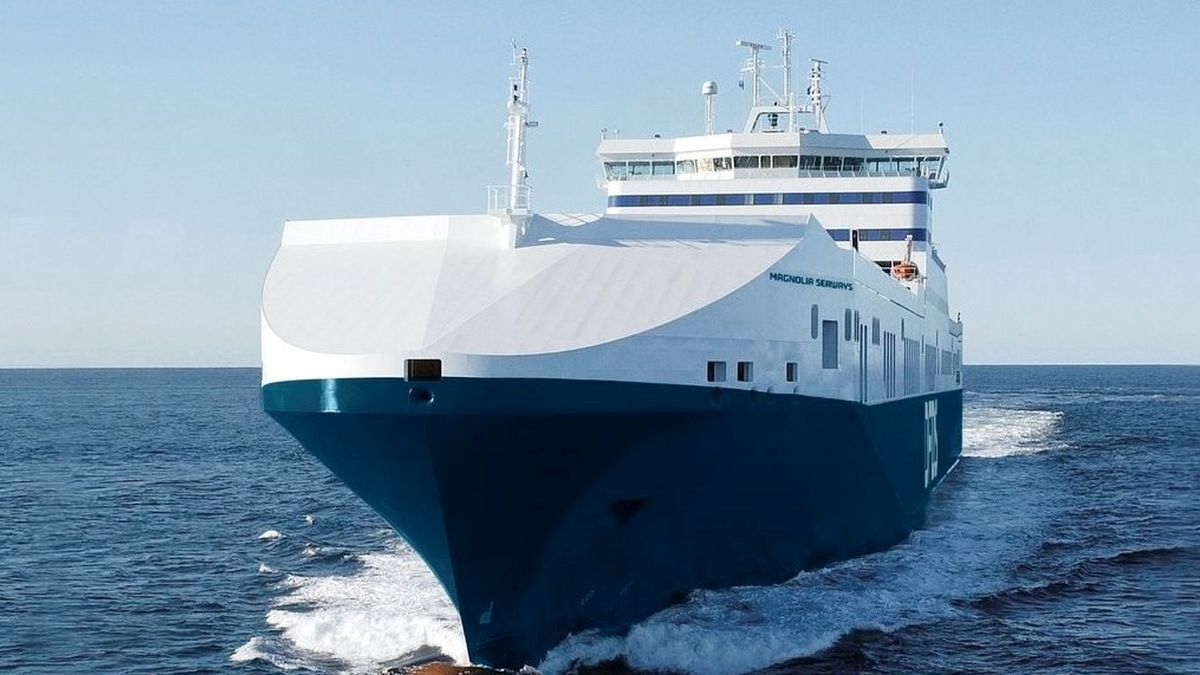Business Sectors
Events
Contents
Register to read more articles.
Innovative CO2 barge-pusher tug combination boosts CCS project
Using depleted offshore wells for storage, Dutch consortium looks to kickstart carbon capture and storage project with offshore barge shipping network
A Dutch start-up has received Approval in Principle (AiP) for a new CO2 barge-pusher tug combination that will be used to transport CO2 collected from industrial partners to depleted North Sea wells for storage.
Awarded by Bureau Veritas, the AiP covers the barge-tug combination and an offshore single point mooring system called a Tower Loading Unit (TLU) that will be used for offshore carbon capture and storage (CCS) initiatives. The concept and design for the CCS project has been in development since November 2019.
Carbon Collectors technical director Haije Stigter tells LNG Shipping & Terminals that with an initial fleet of three offshore barges and two pusher tugs, the company would have the capacity to transport 1.3M tonnes of CO2 annually from industrial emitters. The operation could be scaled up by increasing the fleet size.
“Since we are operating offshore,” Mr Stigter explains, “we can’t guarantee 100% operability, but based on the system design, we can operate in sea states up to 3 metres significance. However, in the area we are looking at – the southern North Sea – that should give us 90% availability.” A marine engineer by training, Mr Stigter has extensive experience in the offshore energy market. Prior to joining Carbon Collectors, he was with Shell for 12 years, most recently as operations manager for offshore wind.
By 2030, Carbon Collectors plans to have the capacity to store 6M tonnes of CO2 annually, injecting into depleted North Sea oil and gas wells some 300 m below the water surface. Prior to injection, the CO2 is collected from capture plants at industrial emitter sites. The CO2 would be conditioned, compressed to 40 bar and cooled to 5°C before being loaded onto a moored barge near the customer’s site.
Transportation of the liquefied CO2 would be handled by a fleet of offshore tank barges, in combination with pusher tugs. Each of the 3,000-kW pusher tugs would be fitted with azimuth podded thrusters, while the barge would have an 850-kW bow thruster.
“Netherlands has committed to reducing industrial CO2 emissions by 14M tonnes annually by 2030”
Expectations are that Carbon Collectors could begin construction of its first barge with a capacity of 5,500 m3 in late 2021, said Mr Stigter, with the start of collection, transportation and storage operations by 2023. Carbon Collectors estimates providing a minimum of two barges per customer, growing its capacity to 6M tonnes per year by 2030.
Later phases of development could expand collection to inland customers using a fleet of inland waterway vessels to transport the CO2 to port terminals, where it would be loaded onto offshore barges via ship-to-ship transfer for carriage offshore.
The Netherlands has committed to reducing industrial CO2 emissions by 14M tonnes annually by 2030. Carbon Collectors storage solution would address about 40% of that commitment.
Dutch partners belonging to the Carbon Collectors consortium are shipbuilder Niestern Sander, part of Conoship International – known for its innovative designs and conversions – vessel owner and operator Royal Wagenborg, gas systems integrator Petrogas Gas Systems (PGS), product line developer Imodco, part of SBM Offshore and inland shipping line Peterson.
PGS would develop a modular compression system running on green electricity and the quayside required for the barge. Offshore, the barge push-tug combination will moor to Imodco’s CCS TLU.
Serving as an interface between a transportation barge and the offshore gas field where the CO2 is injected and stored, the TLU will have a capacity to handle 1.5 mta of CO2.
Related to this Story
Events
Maritime Environmental Protection Webinar Week
Cyber & Vessel Security Webinar Week
The illusion of safety: what we're getting wrong about crews, tech, and fatigue
Responsible Ship Recycling Forum 2025
© 2024 Riviera Maritime Media Ltd.


